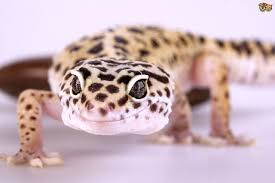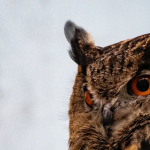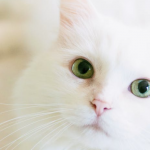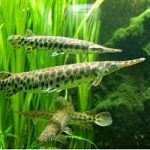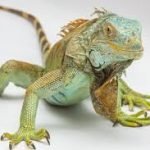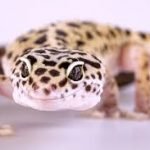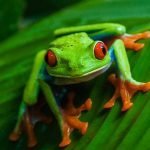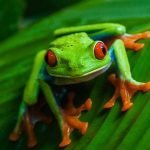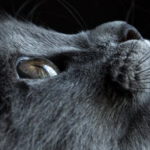Types of Pet Reptiles: A Comprehensive Guide
Pet reptiles are fascinating creatures that can make great companions for those who are interested in owning a non-traditional pet. There are many different types of reptiles that can be kept as pets, each with their own unique characteristics and care requirements. Whether you are a first-time reptile owner or an experienced reptile enthusiast, it is important to understand the different types of pet reptiles available and what they require in terms of care and maintenance.
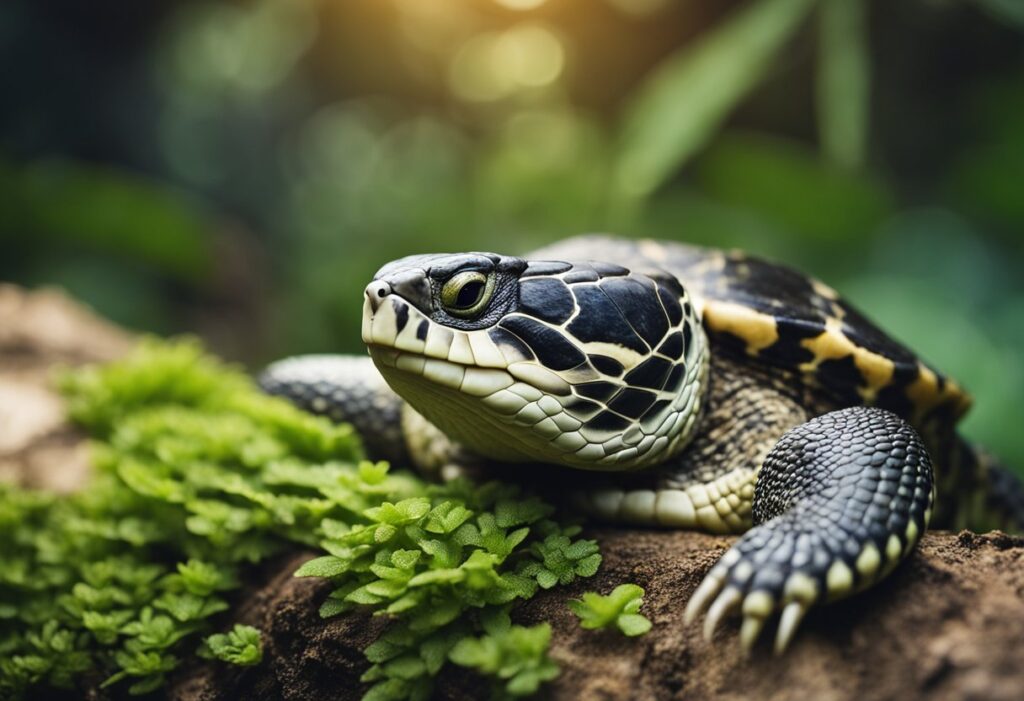
One of the most popular types of pet reptiles is the bearded dragon. These lizards are native to Australia and are known for their docile nature and ease of care. Bearded dragons can grow up to two feet in length and require a diet of live insects and leafy greens. They also need a basking spot and UVB lighting to stay healthy.
Another popular pet reptile is the ball python. These snakes are native to Africa and are known for their docile nature and relatively small size, making them a great choice for those who want a pet snake but don’t have a lot of space. Ball pythons require a diet of frozen-thawed rodents and need a warm spot to bask in as well as a hide box to feel secure. Understanding the different types of pet reptiles available can help you choose the right one for your lifestyle and level of experience.
Popular Types of Pet Reptiles
Pet reptiles are becoming increasingly popular among animal lovers. They are fascinating creatures that can make great pets for those who are willing to put in the time and effort to care for them properly. Here are some of the most popular types of pet reptiles:
Turtles and Tortoises
Turtles and tortoises are popular pet reptiles because they are relatively easy to care for and have a long lifespan. They require a large enclosure with a heat lamp and UVB lighting. Turtles and tortoises are herbivores and require a diet of vegetables, fruits, and occasionally insects. Some popular species of turtles and tortoises include the red-eared slider, box turtle, and Russian tortoise.
Lizards
Lizards are popular pet reptiles because they come in a variety of sizes and colors. They require a specific temperature and humidity range in their enclosure, which can be achieved with a heat lamp and misting system. Lizards are carnivores and require a diet of live insects and occasionally small rodents. Some popular species of lizards include the bearded dragon, leopard gecko, and chameleon.
Snakes
Snakes are popular pet reptiles because of their unique appearance and low maintenance requirements. They require a secure enclosure with a heat lamp and a hiding spot. Snakes are carnivores and require a diet of frozen or live rodents. Some popular species of snakes include the ball python, corn snake, and king snake.
Overall, owning a pet reptile can be a rewarding experience for those who are willing to provide the proper care and attention. It’s important to do your research and choose a species of reptile that fits your lifestyle and level of experience.
Care and Habitat Requirements
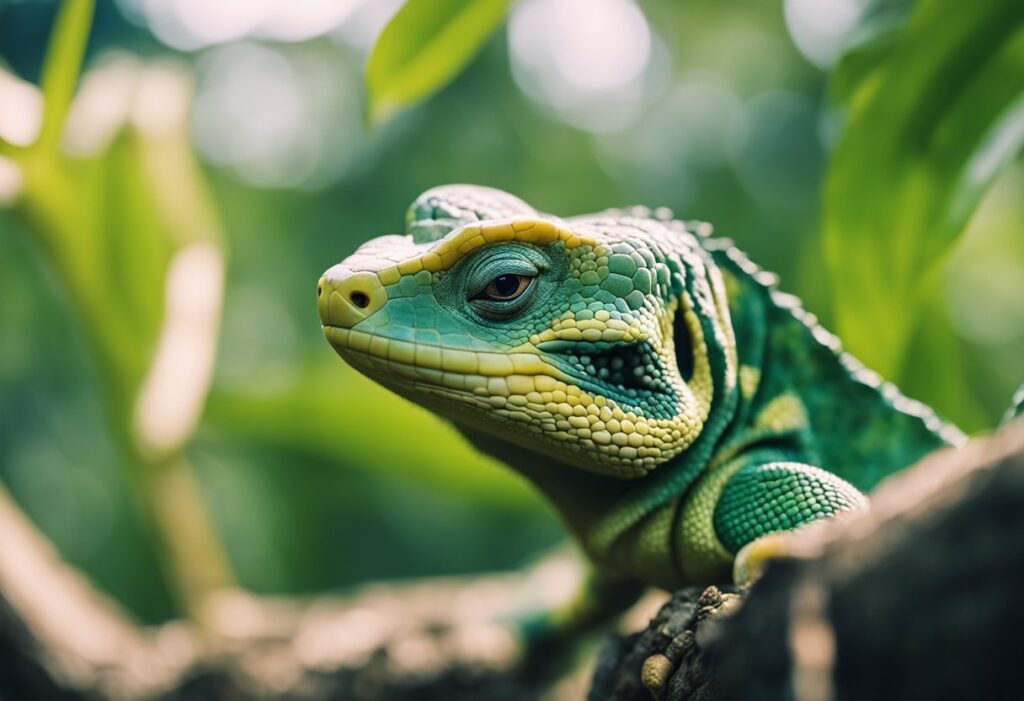
Housing and Environment
Pet reptiles require specific environments to thrive. The type of enclosure needed varies depending on the species of reptile. Some reptiles require a dry environment, while others need a more humid environment. It is important to research the specific needs of your pet reptile before setting up their habitat.
The size of the enclosure is also important. Reptiles need enough space to move around and explore. It is recommended to provide an enclosure that is at least one and a half times the length of the reptile.
The enclosure should also have a temperature gradient, with one side being warmer than the other. This allows the reptile to regulate its body temperature by moving to the appropriate side of the enclosure. A heat lamp or under-tank heater can be used to provide the necessary warmth.
Diet and Nutrition
The dietary needs of reptiles vary depending on the species. Some reptiles are strictly herbivores, while others are carnivores. It is important to research the specific dietary needs of your pet reptile to ensure that they are receiving the proper nutrition.
In general, reptiles require a balanced diet that includes protein, vitamins, and minerals. Some reptiles require live prey, while others can be fed a diet of commercially available food.
It is important to provide fresh water for your pet reptile at all times. The water should be changed regularly to prevent the growth of harmful bacteria.
Health and Veterinary Care
Reptiles require regular veterinary care to maintain their health. It is recommended to schedule a check-up with a reptile veterinarian at least once a year.
Signs of illness in reptiles can be difficult to detect, so it is important to monitor your pet closely. Common signs of illness include lack of appetite, lethargy, and changes in behavior.
Regular cleaning of the enclosure is also important for maintaining your pet’s health. The enclosure should be cleaned regularly to prevent the growth of harmful bacteria.
In conclusion, you must recreate the appropriate habitat for your pet reptile, including providing the correct temperature, humidity, diet, monitoring, and mental stimulation for optimal health and well-being. It is important to research the specific needs of your pet reptile to ensure that they are receiving the proper care.

